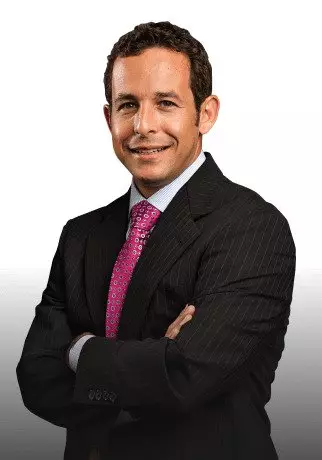No one enters a relationship expecting it to be violent. Nevertheless, experts caution that about 25% of women and 14% of men will experience at least one occurrence of domestic violence. To protect yourself, you should better understand why abuse happens.
It’s All About Control
When couples feel comfortable and on equal footing, a relationship can be harmonious. However, one partner sometimes wants to control or dominate the other, often because of insecurity and fear.
When abusers see domestic violence as a child, it operates as a powerful lesson that violence is an effective means of obtaining control. Abusers often feel that they are about to lose control, with the following as common triggers:
- A major life change, such as a pregnancy or death in the family. An abuser can feel neglected and use violence to once again become the focal point of the relationship.
- Job loss or sudden debt. Financial stress often serves as a trigger to violence.
- An attempt by the victim to leave. To regain control of the situation, the abuser uses violence.
The Cycle of Violence
Relationships expert describe domestic violence as a cycle. The cycle begins with rising tension. During this time, the abuser might make threats or insults or commit small acts of violence. The abuser also tries to control the victim, such as not allowing her to leave or checking her phone to see what messages she has received. Victims often do not take this controlling behavior, and tension builds.
When tension reaches a tipping point, a violent explosion takes place. An abuser might use physical, emotional, sexual, or verbal abuse during this phase. The violent phase ends with the abuser apologizing—though still blaming the victim.
The honeymoon phase follows, with the abuser becoming apologetic and sometimes romantic. He also will make promises to change. If the victim stays, then even small acts of domestic violence set the stage for more intense violence later on.
Why We Don’t Break the Cycle
If society did not reward or condone domestic violence, many victims would probably leave after the first violent incident and many abusers would change their behavior. However, domestic violence is normalized in our society:
- Popular culture glorifies male violence, which is often portrayed heroically.
- Mass media reinforces that it is normal for men to control women and make all key decisions in a relationship.
- Mass media also minimizes that women can use violence and makes men afraid of being open about the abuse they suffer.
- People accept the excuses abusers offer, such as alcohol caused their aggression.
- Friends and family minimize the violence and look for reasons to blame the victim.
If you know someone is being abused, remind them that they are not to blame. Also seek out resources to share that might allow the victim to leave the situation. And if you are the abuser, seek help. It is up to abusers to also break the cycle of violence, not victims.
At Moses & Rooth, we practice in the fields of criminal law and domestic violence. If you have a legal issue, we can help. Call 407-377-0150 today or contact us online.
